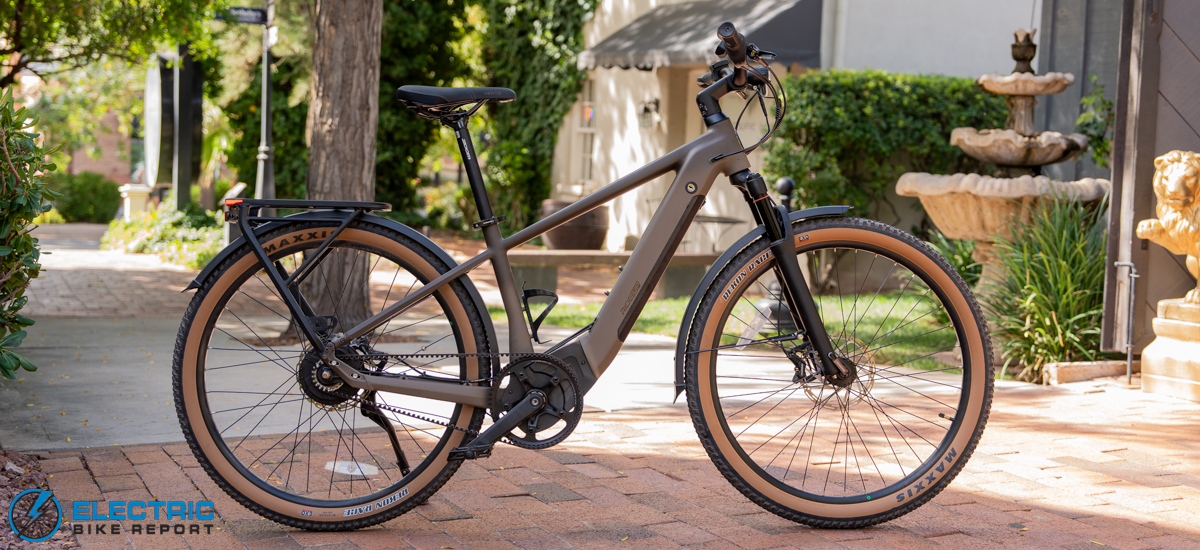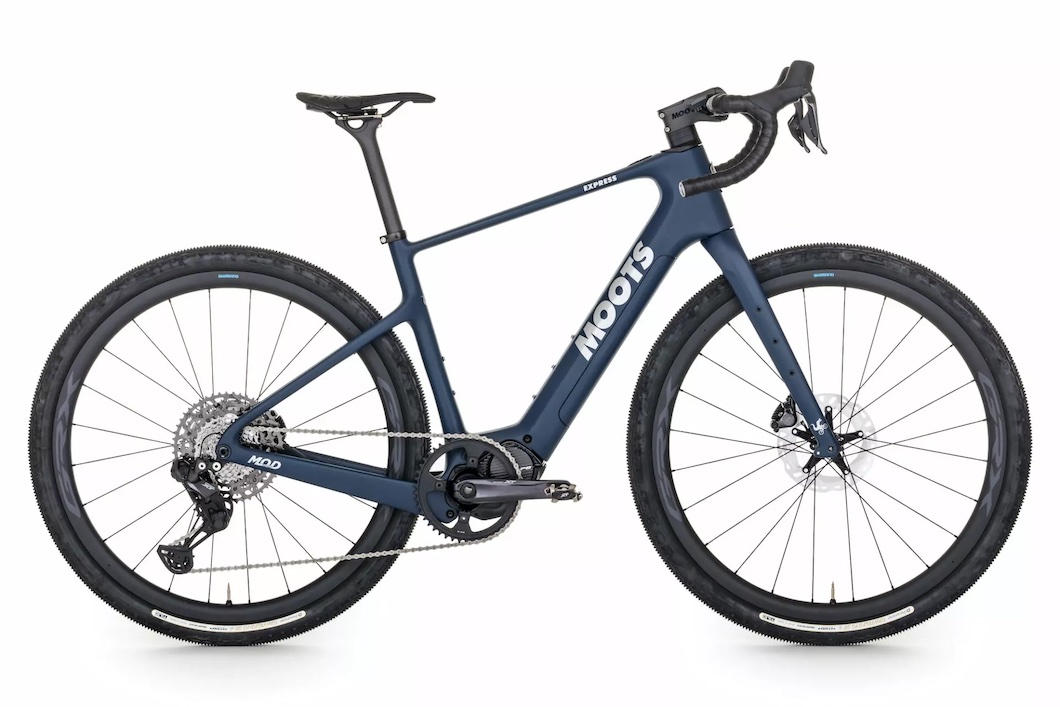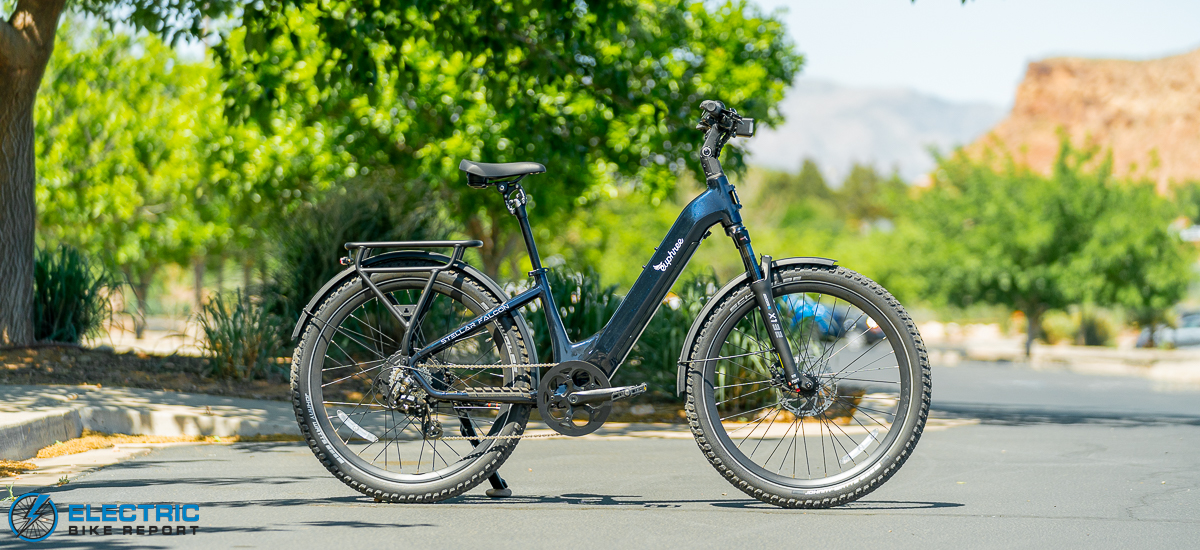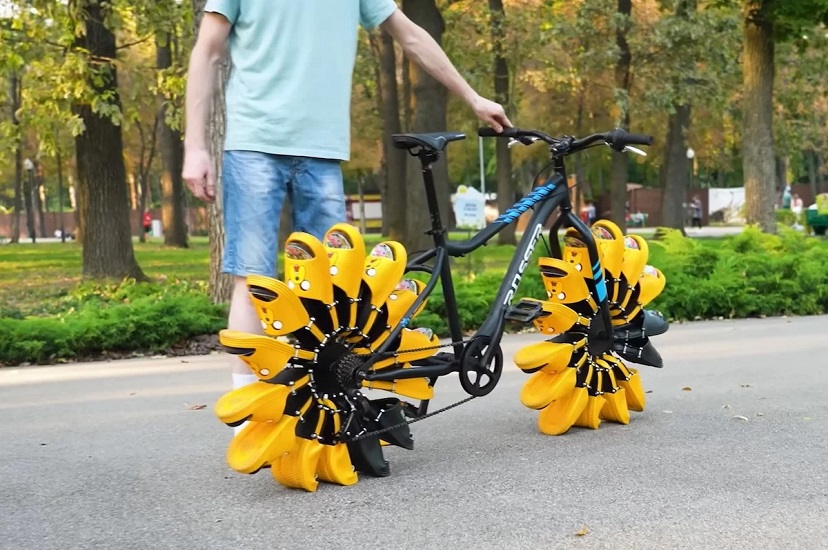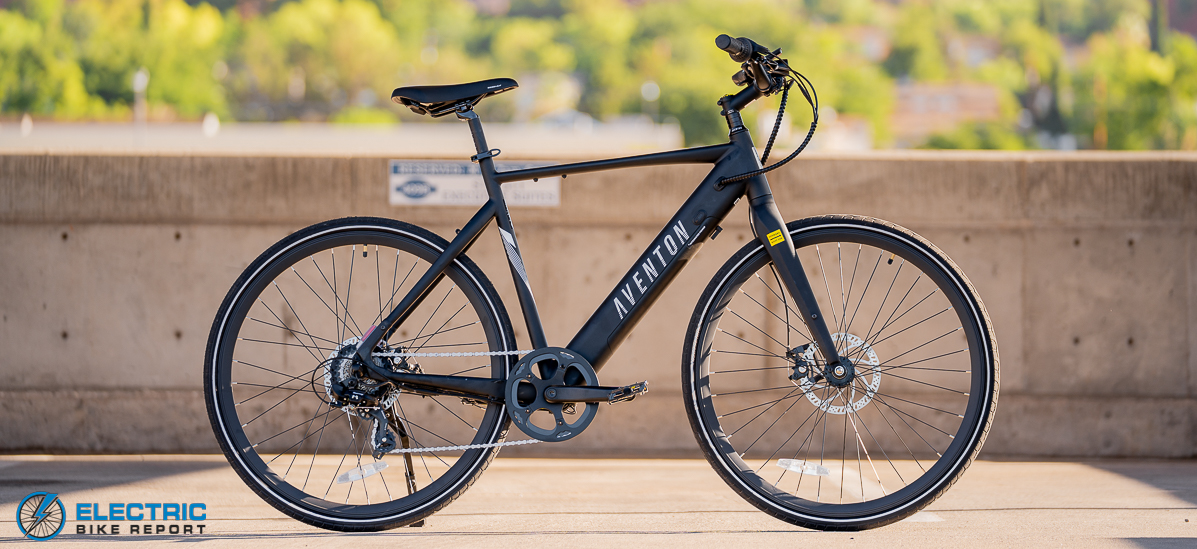
Using the methods explained above, we determined that riders can expect a range of between roughly 30 and 37 miles with the Soltera.2. This contrasts with Aventon’s advertised range of up to 46 miles, but as always, there are a few factors to consider in relation to our results.
First, these results reflect the data gathered in our speed test; with only a few miles per hour of difference between Eco mode and Turbo mode, it makes sense that the bracket of figured determined by our range test data would look similarly narrow. If the power levels between those settings were greater, we would expect to see more variance in the amount of distance the bike could travel.
Second, the fairly powerful boost provided by Eco mode limits the overall range potential. We found it difficult to pedal slower than 14.5-15 mph in this setting even with a light pedal cadence and pressure, meaning that the bike was still using a significant amount of energy in this setting.
This is also reinforced by a comparison between our results with the Soltera.2 and the original version of the bike. We usually expect to see better range with a torque sensor, since it requires effort from the rider and allows the motor to do less work. The original Soltera, however, managed a whopping 49.5 miles – nearly 13 miles beyond our results with the Soltera.2.
All things considered, we’d like to see Aventon offer the option for a larger battery to extend the bike’s range closer to – or beyond – the 50-mile mark we achieved on the original Soltera. Many of the similar city bikes we’ve tested offered optional range extenders (external batteries the size of a water bottle) to supplement the main battery, so this would be a welcome option as well.
The results we measured may have been less than expected, but they are still practical; riders with over a 35-mile round-trip commute are covered. And we did measure better efficiency in Turbo mode despite moving at top speed; the original Soltera traveled roughly 24 miles compared to the Soltera.2’s 29 and a half.
Additionally, when estimating the amount of time our Turbo mode test would take, we expected to ride for roughly an hour as determined by the motor and battery specs (explained more in our guide to e-bike batteries). Surprisingly, the Soltera.2 gave us nearly an additional 200% – we traveled for 2 hours and 50 minutes.

